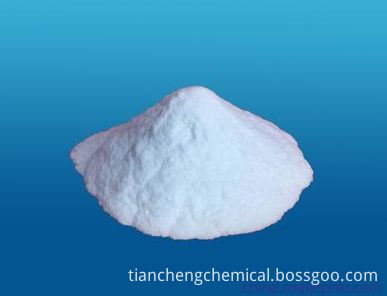Soybean is an important food economic crop, providing humans with major oil and protein resources. Soybeans originated in China and were called "sun" in ancient times. They were domesticated by wild species about 5000 years ago, and then spread widely around the world. Soybean has a genetic bottleneck effect in the process of introduction and improvement, so that soybean varieties from different main producing areas have significant genetic variation. At present, our widely used soybean reference genome is derived from the American variety "Williams 82" (Glycine_max_v2.0). The genome of this single variety does not fully represent the genetic variation of all soybeans, especially the Asian varieties that have significant genetic variation at a distance from the United States. In addition, functional studies found multiple assembly errors in the genome, which affected the localization of functional genes.
The Institute of Genetics and Developmental Biology of the Chinese Academy of Sciences combined with the University of Science and Technology of China, Institute of Germplasm Resources and Biotechnology of Jiangsu Academy of Agricultural Sciences, Beijing Berry and Kang Biotechnology Co., Ltd. and other comprehensive use of single molecule real-time sequencing (SMRT), single molecule Optical mapping and high-throughput chromosomal conformation capture technology (Hi-C) were used to de novo assemble the genome (Gmax_ZH13) of China's nationally approved soybean variety "Zhonghuang 13", resulting in a 1.025 Gb genome sequence, including 20 One chromosome and one chloroplast. The genome of Contig N50 is 3.46 Mb and Scaffold N50 is 51.87 Mb, which is one of the most continuous plant genomes. Further analysis shows that there is a large amount of genetic variation between Gmax_ZH13 and Williams 82 genome, including 1404 translocation events, 161 inversion events, 1233 inversion translocation events, and 505506 small insertions in Gmax_ZH13 Deletions (1-99 bp) and 17,409 large insertions / deletions (≥100 bp).
This study integrates a large amount of transcriptome data to construct a complete gene co-expression network for Gmax_ZH13 gene annotation genes. Through the co-expression relationship between the reported genes controlling soybean flowering time and candidate genes in the newly mapped QTL or GWAS interval, the genes controlling the trait in the newly mapped interval were screened more accurately, and 26 possible control soybean flowering times were obtained. Genes, and use the association of genetic variation and phenotypic differences in natural populations to verify some of them, providing new ideas for the mining of important agronomic trait genes. The publication of the Gmax_ZH13 genome has provided important resources for basic research on soybeans and laid the foundation for the cultivation of domestically produced excellent soybean varieties.
Related research was published online in Science China Life Science as a cover article on July 27, entitled De novo assembly of a Chinese soybean genome. Tian Yanxi, a researcher of the Institute of Genetic Development, Shen Yanting, Ph.D., is the first author of the paper, Tian Zhixi is the corresponding author, Ma Shisong, a professor at the Chinese University of Science and Technology, and Du Jianchang, a researcher at the Institute of Germplasm Resources and Biotechnology, Jiangsu Academy of Agricultural Sciences, are co-corresponding authors. The research was supported by the National Natural Science Foundation of China, the Strategic Leading Science and Technology Project of the Chinese Academy of Sciences (Class A), and the State Key Laboratory of Plant Cell and Chromosome Engineering.
Silicon dioxide nano particles are known as Nano Silica, it is also called Silica Nano-Particles. It is used particularly in the Biomedical researches. This nano silica is expected to be very much stable and to have very low level of toxicity. It is also used as concrete or cement admixture with aim to improve concrete pressure strength.

Nano Silica
Nano Silica,Silica Nano-Particles,Concrete Nano Silica,Nano Silica SP30
Shandong Tiancheng Chemical Co., Ltd. , https://www.tianchengchemical.com